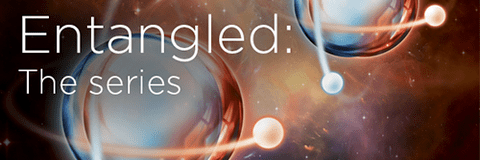Colloquium: Tom Timusk, McMaster University
Hydrogen and hydride superconductors, a new path to room temperature superconductivity?
The recent discovery of superconductivity in H3S under high pressure by the group of Mikhail Eremets at the record breaking temperature of 203 K has opened a whole new path to potential room temperature superconductivity. I will describe recent experiments designed to verify the pairing mechanism in this new material using infrared spectroscopy.
